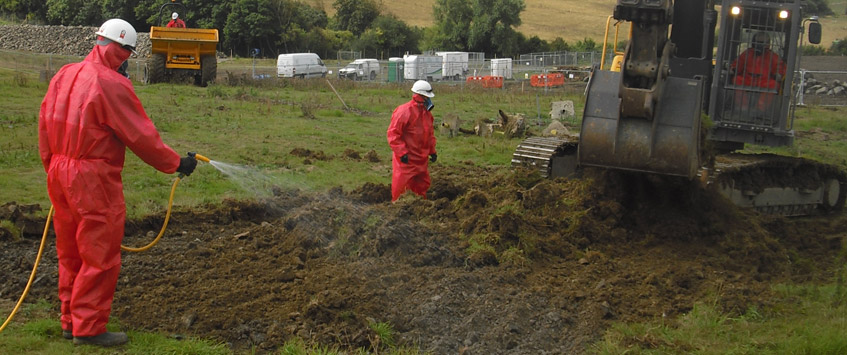 Companies engaged in land remediation will no doubt be aware that tax relief for their activity is readily available. Many, however, don’t realise that land remediation activity can also qualify for research and development (R&D) tax relief. Here, we explore how land remediation relief can work in tandem with R&D relief to ensure your business can maximise its benefit.
Companies engaged in land remediation will no doubt be aware that tax relief for their activity is readily available. Many, however, don’t realise that land remediation activity can also qualify for research and development (R&D) tax relief. Here, we explore how land remediation relief can work in tandem with R&D relief to ensure your business can maximise its benefit.
The background
Before we get into specifics, a bit of context is required. In a report published in 2005, the Environmental Agency estimated that around 300,000 hectares of land in England and Wales was contaminated with a range of pollutants. That means a lot of otherwise desirable land must be cleaned up by the companies that purchase it before it can be put to use.
Two reliefs, one project
So, what is land remediation relief? Essentially, it’s a government incentive that enables businesses that are working to clean up contaminated land to claim a credit of up to 150% of their costs. This is offset against their Corporation Tax bill. Eligibility is based on the organisation’s ownership of the land or building, and there must be at least seven years’ term remaining at the project’s inception.
R&D tax relief is awarded to businesses whose activities involve the resolution of scientific or technological uncertainties. In the case of land remediation, the company must be seeking to develop a remediation process by using scientific and technological understandings.
Traditionally, land remediation has been a case of digging up the affected land and relocating it. Environmental concerns, however, are driving organisations to seek better solutions. This might necessitate the involvement of a specialist chemist or the development of in-situ remediation processes. The key different between the two reliefs is that to claim land remediation relief, the company must own the land it’s working on. If that’s the case, the project can benefit from both land remediation and R&D tax relief.
If the company carrying out the project does not own the land in question, R&D tax credits may still be awarded.
Example project
Let’s take a look at an example of an eligible project. Company A owns some contaminated land with ten years’ term remaining at the start of their project. Relocation of the affected areas is not a viable solution, so one must be sought whereby the contamination is neutralised in situ.
In order to solve this problem, Company A must research the area and substances present, then seek theoretical solutions to the problem. Once suitable options are found, they would need to test remediation techniques to find one that works. This must then be scaled up and monitored to ensure it’s effective in neutralising the contaminants.
Qualifying costs for land remediation relief would be the expenditure on excavations, surveys and soil treatments. Qualifying costs for R&D tax relief could include the cost of materials used in neutralising the contaminants, testing and monitoring equipment, and materials used for in-situ remediation and costs of scientists in devising their theoretical solutions.
Company A could claim both types of relief for different elements of the same project, ensuring they receive maximum benefit for the work carried out. Note: once cost can only claim one relief, not both
Who can benefit from these tax credits?
In-situ land remediation is a fairly recent approach and due to the variety of chemicals present in different areas or type of land, one solution will not fit all circumstances. Any company owning the land or building on which they are conducting research may therefore be eligible to receive both types of relief.
If you think your business may qualify to receive R&D tax credits as well as land remediation relief, contact a tax specialist today for assistance. They can confirm your eligibility and help you to make a successful claim.



